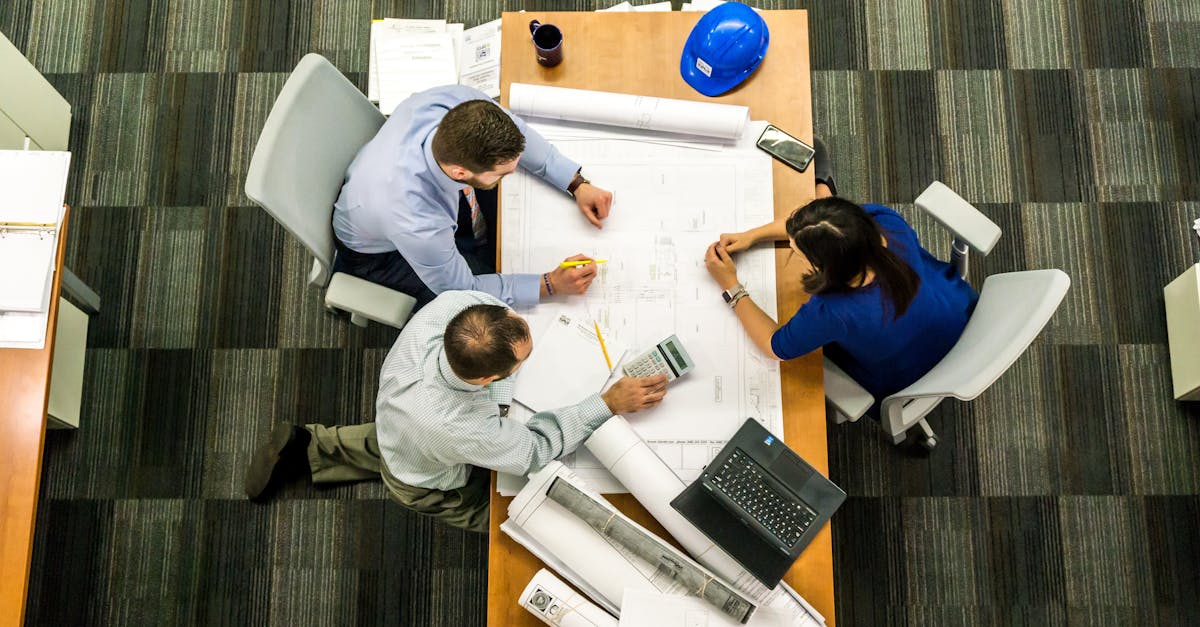
Table Of Contents
Benefits of Proper Construction and Demolition Waste Management
Proper construction and demolition waste management plays a crucial role in safeguarding the environment and promoting sustainable practices within the construction industry. By effectively managing waste generated from construction sites, companies can significantly reduce their carbon footprint and contribute to a cleaner and healthier ecosystem. Moreover, implementing efficient waste management strategies can lead to cost savings for businesses, as recycling and reusing materials can lower disposal expenses and minimize the need for new resource extraction.
Furthermore, prioritizing construction and demolition waste management not only benefits the environment but also enhances public health and safety. By properly disposing of hazardous materials such as asbestos, lead, and other harmful substances, the risk of contamination and adverse health effects on workers and nearby communities is mitigated. Overall, investing in sustainable waste management practices fosters a more responsible and ethical approach to construction activities, aligning with the global shift towards environmental consciousness and resource efficiency.
Advantages for Sustainable Development
Management of construction and demolition waste offers substantial benefits for sustainable development. By effectively handling this waste, it contributes to reduced environmental impact, conserving resources, and promoting overall sustainability. Implementing proper practices for Construction and Demolition Waste Management helps in minimizing the burden on landfills, decreasing greenhouse gas emissions, and enhancing the efficient use of materials.
Furthermore, sustainable development through Construction and Demolition Waste Management includes economic advantages. It provides opportunities for recycling and reusing materials, which can lead to cost savings for construction projects. Additionally, by incorporating sustainable waste management practices, it can stimulate innovation in the construction industry, creating new avenues for green technologies and job opportunities.
Challenges in Dealing with Construction and Demolition Waste
Challenges in dealing with Construction and Demolition Waste Management are multifaceted. One significant obstacle is the sheer volume of waste generated from construction and demolition activities. This waste includes materials such as concrete, wood, metals, and plastics, all of which need to be handled and disposed of properly to minimize environmental impact and promote sustainability. Additionally, the lack of standardized practices across different regions and construction sites complicates waste management efforts.
Another challenge faced in Construction and Demolition Waste Management is the presence of hazardous materials within the waste stream. Contaminants like asbestos, lead-based paints, and chemicals from construction materials pose serious health risks if not managed appropriately. Ensuring proper identification, handling, and disposal of hazardous materials is crucial to protecting workers, the public, and the environment from potential harm. Addressing these challenges requires collaboration among stakeholders, the development of effective regulations, and the implementation of innovative solutions to improve waste management practices.
Obstacles Faced in Waste Disposal Practices
Effective waste disposal practices pose significant challenges within the realm of Construction and Demolition Waste Management. One prominent obstacle encountered in waste disposal practices is the lack of standardized regulations and enforcement mechanisms. This inconsistency hampers the uniformity of waste handling procedures across different construction sites, leading to varied disposal methods that may not align with sustainable practices. Consequently, this discrepancy jeopardizes efforts to minimize environmental impact and promote efficient waste management strategies.
Another obstacle faced in waste disposal practices is the issue of inadequate infrastructure to handle Construction and Demolition Waste. Insufficient facilities specifically designed for sorting, recycling, and disposing of construction waste hinder the proper management of these materials. As a result, construction companies may resort to less sustainable disposal methods, such as landfilling, which undermines the potential for resource recovery and waste reduction. Enhancing infrastructure for Construction and Demolition Waste Management is crucial to streamlining disposal practices and advancing towards more eco-friendly solutions.
Future Trends in Construction and Demolition Waste Management
Future trends in Construction and Demolition Waste Management point towards an increased focus on sustainable practices. One key development is the implementation of advanced technologies to sort and recycle waste more efficiently. Robotics and artificial intelligence are being incorporated into waste sorting processes, enabling more precise separation of materials for reuse and recycling, ultimately reducing the amount of waste sent to landfills.
Another trend gaining traction is the promotion of circular economy principles within Construction and Demolition Waste Management. This involves designing buildings and infrastructure with the end goal of easy deconstruction and material recovery. By prioritizing resource efficiency and recycling from the inception of a project, the construction industry can significantly minimize waste generation and contribute to a more sustainable and environmentally friendly approach to waste management.
Emerging Strategies for Waste Reduction
Emerging strategies for waste reduction in Construction and Demolition Waste Management include the promotion of materials recycling and reuse. By implementing this approach, construction companies can significantly reduce the amount of waste generated during building projects. Through segregating materials on-site and establishing partnerships with recycling facilities, unused materials can find new life in future construction endeavors, decreasing the overall waste footprint and environmental impact.
Another innovative strategy involves the use of advanced technologies like Building Information Modeling (BIM) to optimize material usage. By digitally modeling a construction project and tracking material quantities throughout the process, builders can minimize overordering and reduce excess waste generation. Additionally, the adoption of prefabrication techniques can streamline construction processes, resulting in reduced material waste on-site. These emerging strategies not only benefit the environment but also contribute to cost savings and efficiency improvements in Construction and Demolition Waste Management.
FAQS
What is construction and demolition waste?
Construction and demolition waste refers to the materials produced during the construction, renovation, or demolition of structures such as buildings, roads, and bridges.
What are some common types of construction and demolition waste?
Common types of construction and demolition waste include concrete, wood, metal, bricks, asphalt, drywall, and insulation materials.
Why is it important to manage construction and demolition waste properly?
Proper management of construction and demolition waste is important to reduce environmental impact, conserve resources, and promote sustainable development in the construction industry.
How can construction and demolition waste be effectively managed?
Construction and demolition waste can be effectively managed through practices such as recycling, reuse, waste reduction, and proper disposal at licensed facilities.
What are the benefits of recycling construction and demolition waste?
Recycling construction and demolition waste helps conserve natural resources, reduce landfill waste, lower greenhouse gas emissions, and save energy in the production of new materials.

